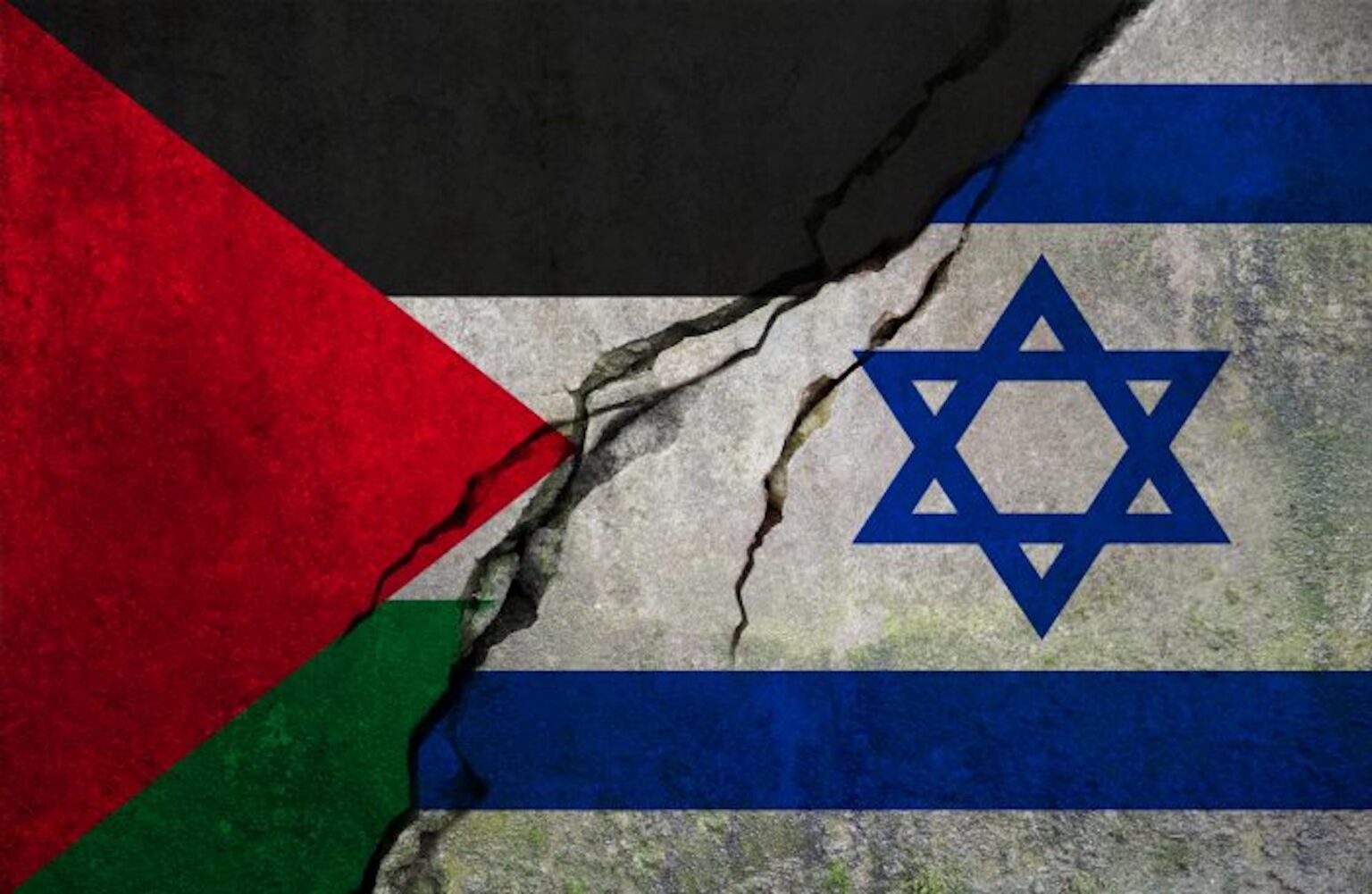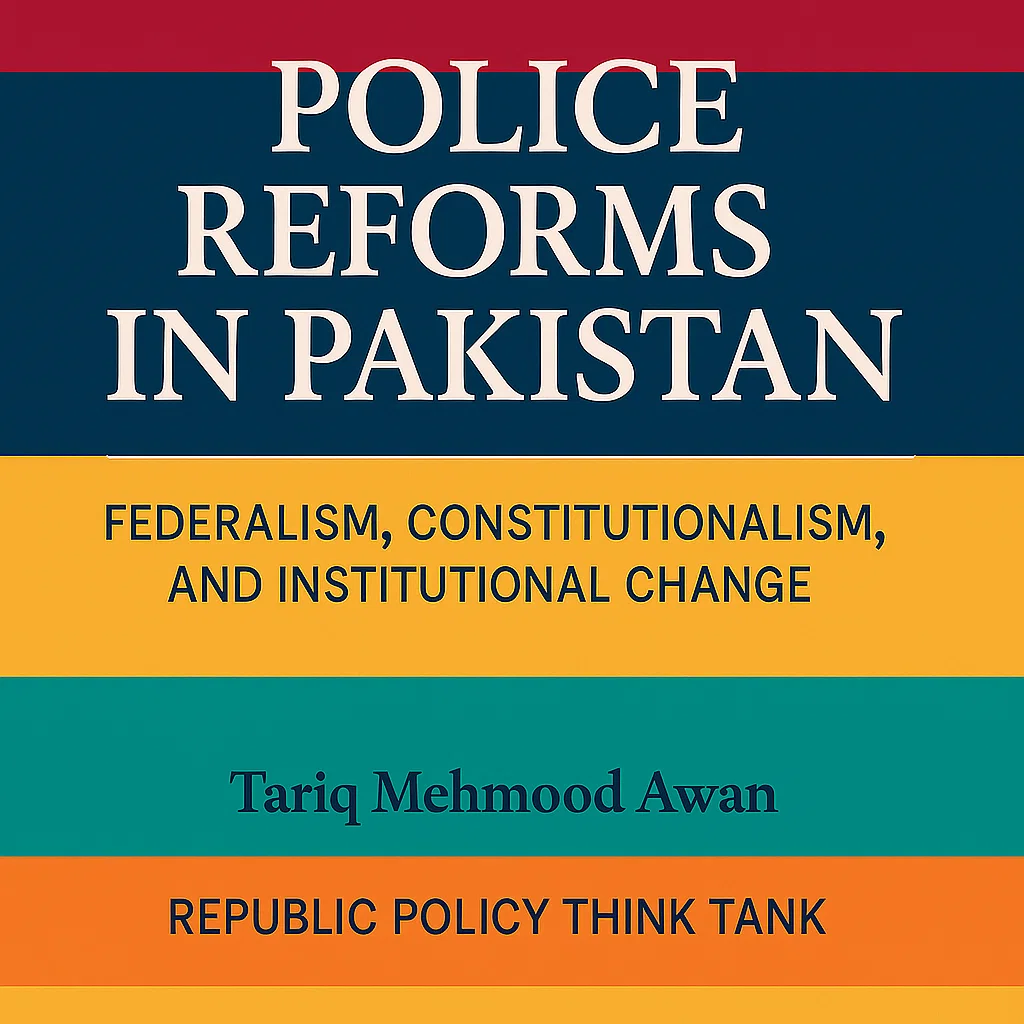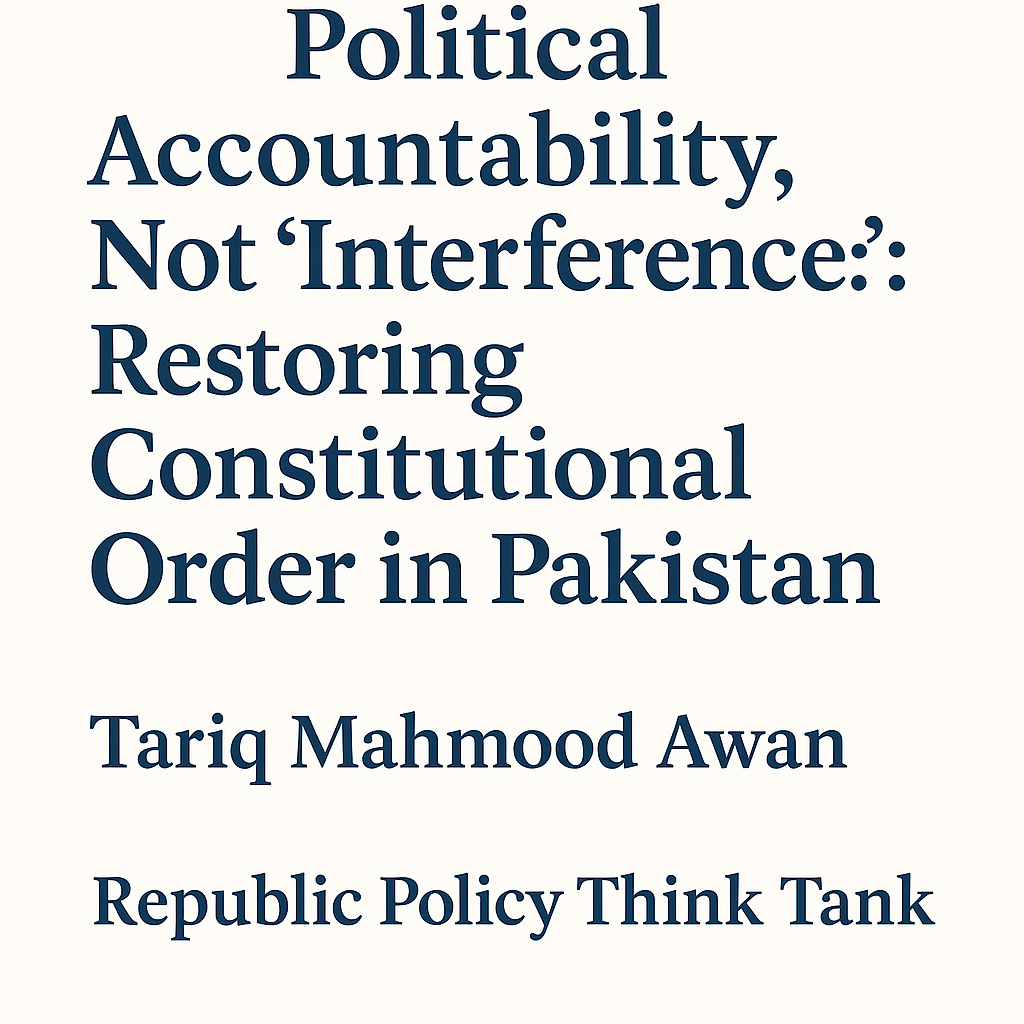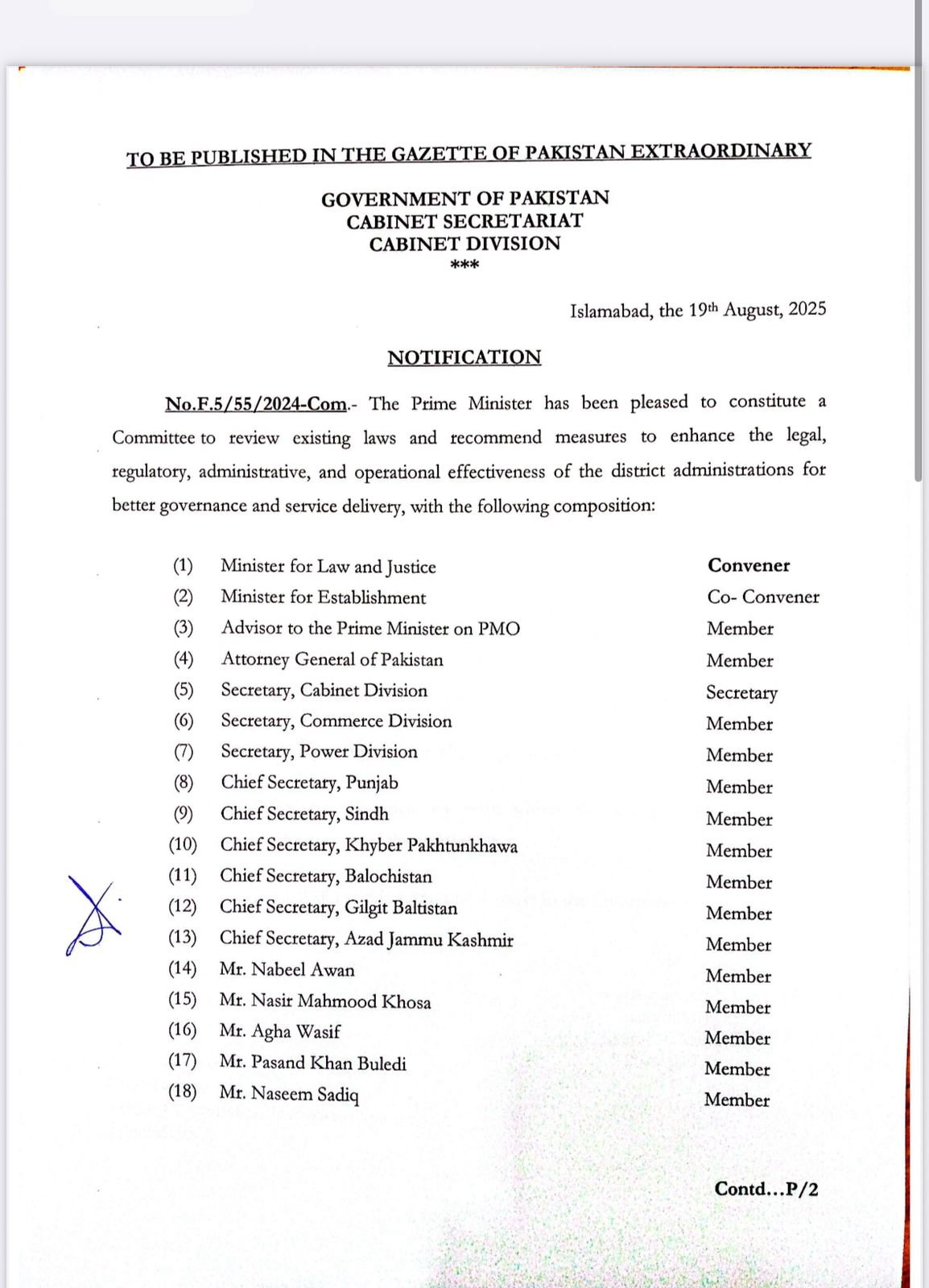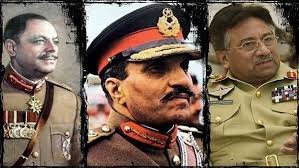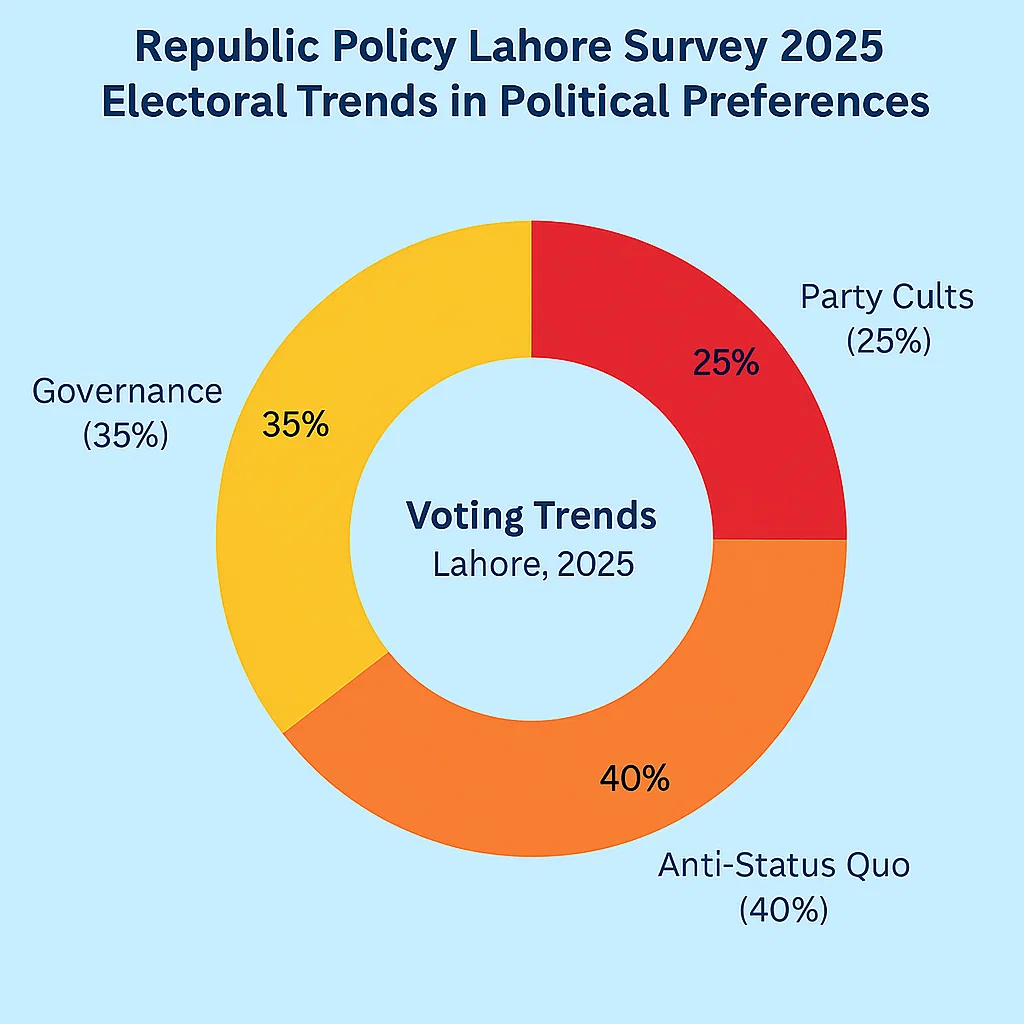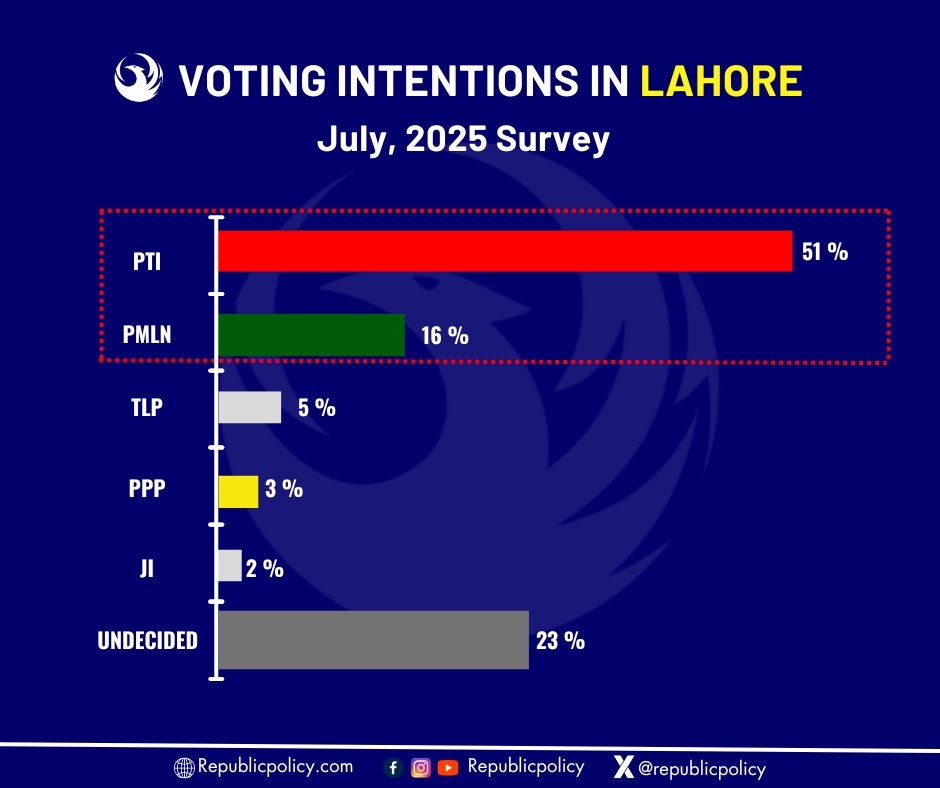Syed Noman Ahmed
Imam Husayn ibn Ali, a towering figure in Islamic history, was a multifaceted leader, influencing the social, political, and religious spheres. His birth on 11 January 626 as the grandson of the Islamic prophet Muhammad PBUH and the son of Hazrat Ali ibn Abi Talib and Fatima, Hazrat Muhammad’s daughter, marked the beginning of a life that would shape the course of Islamic history. As the third Imam in Shia Islam, Husayn’s refusal to pledge allegiance to Yazid, the appointed successor of Mu’awiya, led to his martyrdom in the Battle of Karbala in 680. This pivotal event galvanized the development of the pro-Alid party (Shi’at Ali) and holds great significance in Islamic history, especially for Shia Muslims.
Husayn’s early life was characterized by his close association with his grandfather, Muhammad PBUH, and his upbringing within the revered household of Hazrat Ali and Fatima. His familial ties to the prophet and his exemplary conduct earned him admiration and respect among the early Muslim community. Notably, Husayn was present at important events during the caliphates of Abu Bakr, Umar, and Uthman, reflecting his active involvement in the political and social dynamics of the time. His unwavering support for his father, Ali, and later his acceptance of the peace treaty between Hasan and Mu’awiya showcased his commitment to preserving the unity of the Islamic community.
The defining moment of Husayn’s life came during the caliphate of Yazid, when he chose to stand up against Yazid’s illegitimate claim to power. This pivotal decision ultimately led to the tragic events at Karbala, where Husayn, along with his relatives and companions, faced a formidable Umayyad army and met a heroic end. The Battle of Karbala, a symbol of sacrifice and resilience, played a crucial role in shaping the collective memory and religious identity of Shia Muslims. Husayn’s unwavering stance against injustice and falsehood continues to inspire Muslims across denominations, emphasizing the universal appeal of his legacy.
Husayn’s enduring significance extends beyond his martyrdom. His valor and unwavering commitment to justice resonate deeply within the hearts of believers, shaping their ethical and moral outlook. The annual commemoration of Ashura, marking the events of Karbala, serves as a poignant reminder of Husayn’s sacrifice and the timeless struggle for truth and righteousness. The mourning, processions, and public gatherings during Muharram reflect the profound impact of his legacy on the spiritual and social fabric of the Muslim community.
Imam Husayn ibn Ali’s life and legacy, a testament to steadfastness in the face of adversity and an unwavering commitment to justice and truth, continue to inspire and resonate with believers. His timeless saga transcends sectarian divides, serving as a beacon of hope and resilience for all those who seek to uphold noble virtues.
Historical Analysis:
The duration and nature of the Battle of Karbala have been the subject of historical analysis and debate. Different scholars have presented varying interpretations of the events based on contemporary accounts and primary sources. Lammens suggests that the brief duration of the battle, as described in an official report sent to caliph Yazid, indicates that it was more of a quick massacre than a prolonged battle. He argues that detailed accounts of the battle in primary sources may have been fabricated by dissatisfied individuals who were unhappy with the lack of resistance from their hero, Husayn. However, this view is contested by other historians such as Laura Veccia Vaglieri, who believes that despite some fabricated elements, the overall narrative provided by contemporary accounts aligns coherently and credibly. Vaglieri criticizes Lammens’ hypothesis for being based on isolated reports and lacking critical analysis. Similarly, Madelung and Wellhausen argue that the battle indeed lasted from sunrise to sunset and that the overall account derived from primary sources is considered reliable.
Pl subscribe to the YouTube channel of republicpolicy.com
Furthermore, there are differing viewpoints regarding the responsibility for Husayn’s death. Wellhausen asserts that Yazid’s display of compassion towards Husayn’s family and his cursing of Ibn Ziyad were merely for show, suggesting that ultimately, the responsibility for Husayn’s death lay with Yazid rather than Ibn Ziyad. Madelung shares a similar perspective, stating that early accounts place the blame on Ibn Ziyad instead of Yazid, as Yazid wanted to quell Husayn’s opposition but needed to avoid being publicly implicated. This led him to shift the blame hypocritically onto Ibn Ziyad. Howard also highlights that some traditional sources tend to exonerate Yazid at the cost of Ibn Ziyad and lower authorities.
The primary source of the narrative of the Battle of Karbala is the work of the Kufan historian Abu Mikhnaf, titled Kitab Maqtal Al-Husayn. Abu Mikhnaf was an adult around twenty years after the battle, allowing him to interact with eyewitnesses and collect firsthand accounts, mainly from individuals in Ibn Sa’d’s army as few from Husayn’s camp survived. Wellhausen notes that many of these accounts expressed regret for their actions and tended to embellish the events in favor of Husayn to alleviate their guilt. While Abu Mikhnaf had pro-Alid tendencies as an Iraqi, his reports are generally considered to be unbiased. The original text of Abu Mikhnaf seems to have been lost, and the existing version has been transmitted through secondary sources such as the works of al-Tabari and Baladhuri. Tabari occasionally cites directly from Abu Mikhnaf or his student Ibn al-Kalbi, who took most of his material from Abu Mikhnaf. Other secondary sources referring to the battle include works by Dinawari, Ya’qubi, al-Mas’udi, and others, most of which drew material from Abu Mikhnaf. Additionally, early Christian sources have also reported on the Battle of Karbala, adding another dimension to the historical accounts of the event.
Imam Husayn ibn Ali’s mausoleum is situated in the city of Karbala, approximately 90 km southwest of Baghdad. It is believed that this tomb was established around two centuries after the events of Karbala and underwent multiple reconstructions and expansions until the thirteenth century AH. Initially, the location was unmarked and only indicated by a simple sign. Subsequently, in the third century AH, a monument was constructed over it, gaining significance during the rule of certain Abbasid caliphs, Dailami princes, patriarchal and Ottoman rulers. Over time, the city of Karbala grew and expanded around the mausoleum.
Various accounts exist regarding the burial place of Imam Husayn’s head. These include narrations suggesting that his head was buried with his father Ali in Najaf, outside Kufa but not with Ali, in Karbala alongside his entire body, in Baqiya, in an unidentified location in Damascus, in Raqqa, Syria, and in a mosque named Mohsen Al-Amin in Cairo.





